US ISM Non-Manufacturing Composite dropped to 56.6 in October, down from 57.8, missed expectation of 57.8. Business activity dropped -1.8 pts to 61.2. New orders dropped -2.7 pts to 58.8. Employment also dropped -1.7 to 50.1.
ISM: “According to the Services PMI, 16 services industries reported growth. The composite index indicated growth for the fifth consecutive month after a two month contraction in April and May. There has been a slight pull back in the rate of growth in the Services Sector in the month of October. Respondents’ comments are cautiously optimistic about business conditions and the economy. There is a degree of uncertainty due to the pandemic, capacity constraints, logistics and the elections.”




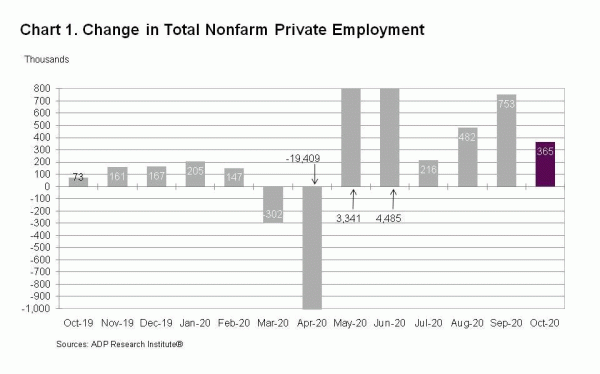
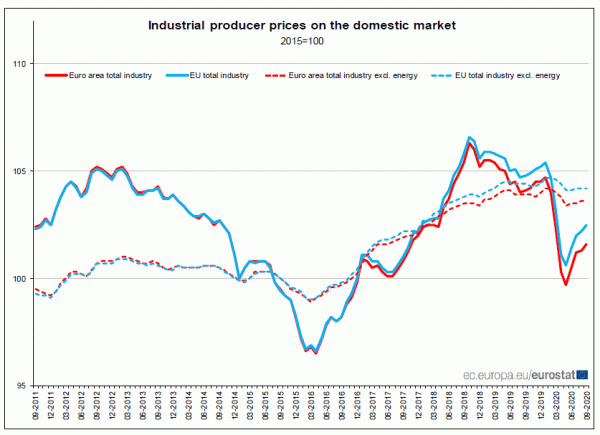


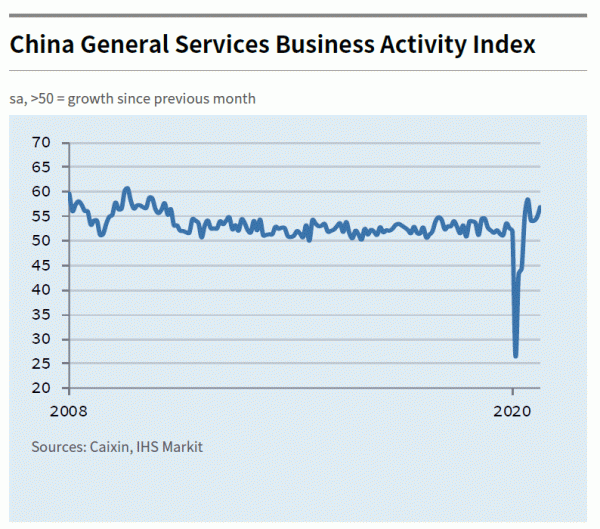
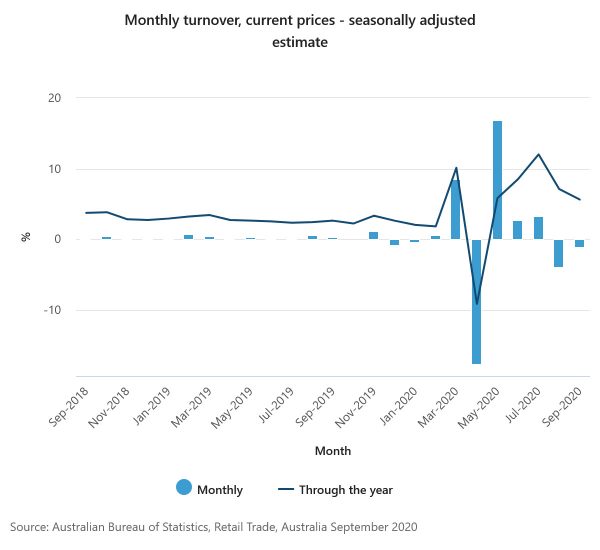
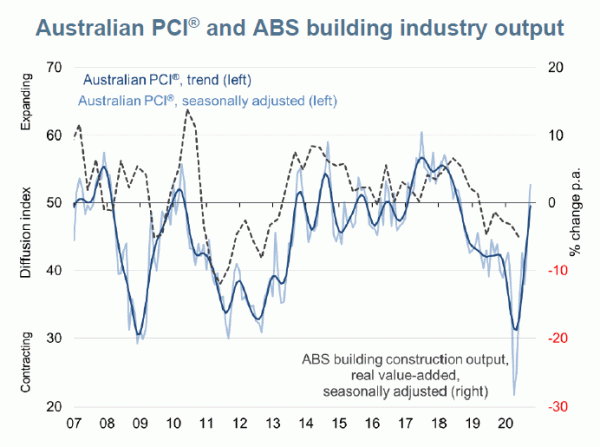
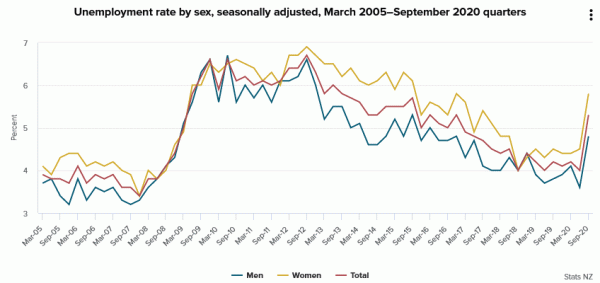
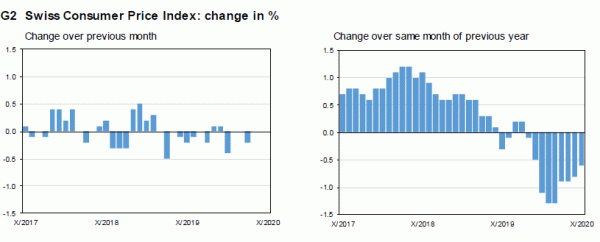
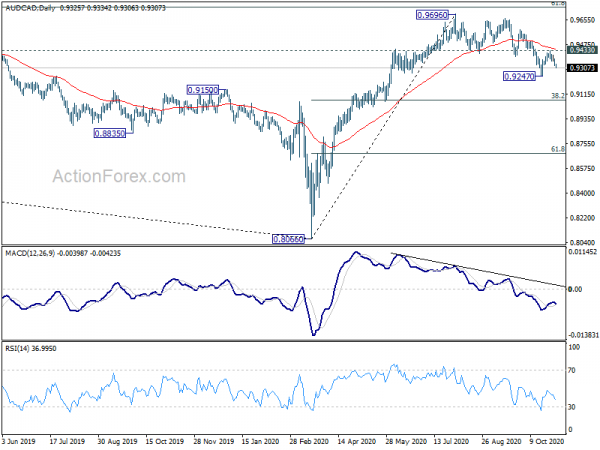
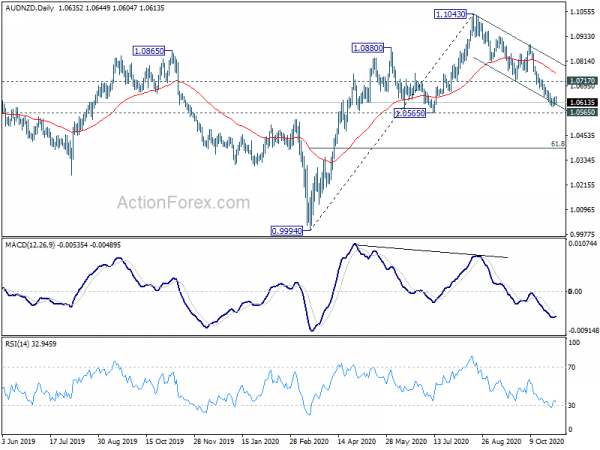
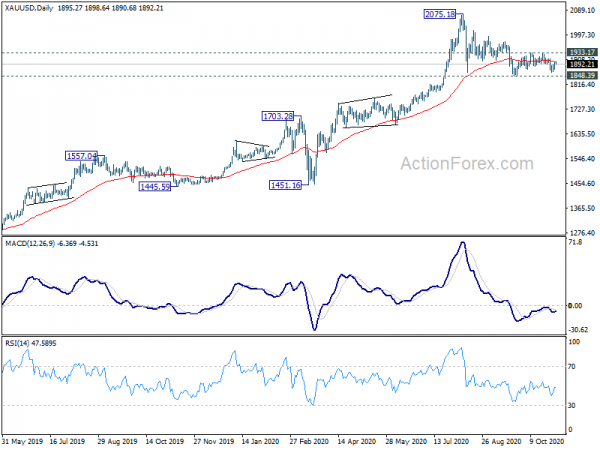
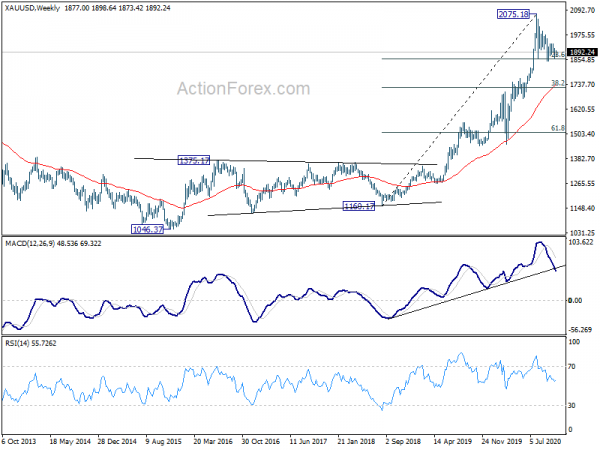
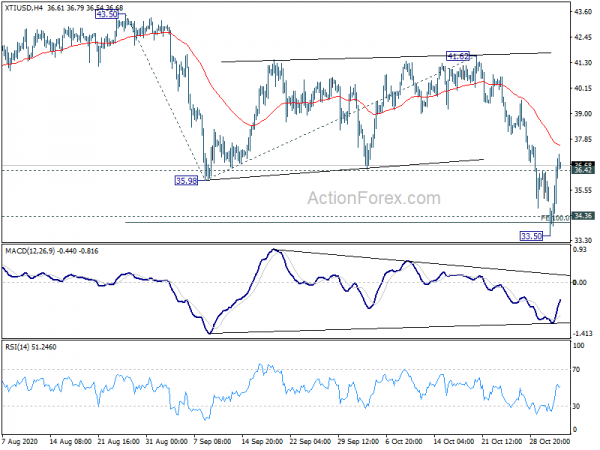
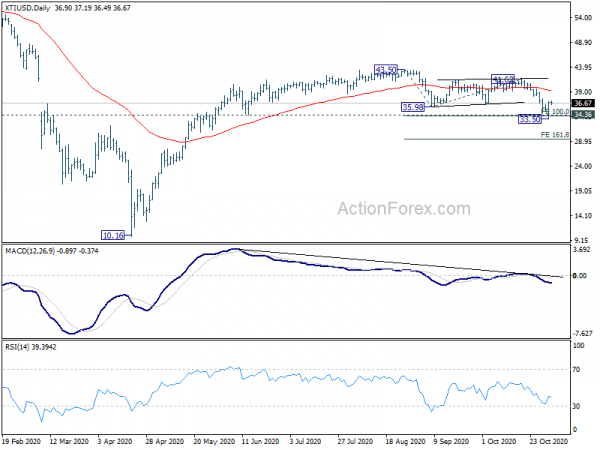

US oil inventories dropped -8m barrels, WTI steady after this week’s rebound
US commercial crude oil inventories dropped -8m barrels in the week ending October 30, versus expectation of 0.3m barrels rise. At 484.4m barrels, oil inventories are about 7% above the five year average of this time of year. Gasoline inventories rose 1.5m barrels. Distillate dropped -1.6m barrels. Propane/propylene dropped -2.6m barrels. Commercial petroleum inventories dropped -14.7m barrels.
WTI rebounded strongly after drawing support from 34.10/36 support zone, despite breaching to 33.50. For now near term outlook will stay neutral first. WTI needs to sustain above 55 day EMA (now at 39.28) to provide the first sign of uptrend resumption. Nevertheless, even in case of another fall, we’d continue to expect strong support from 33.50 to contain downside.